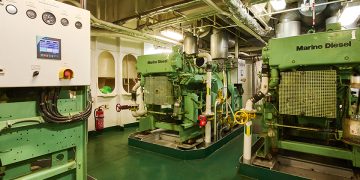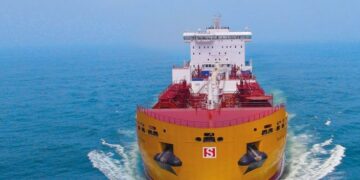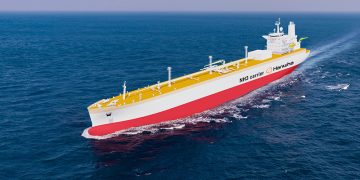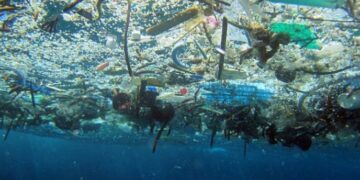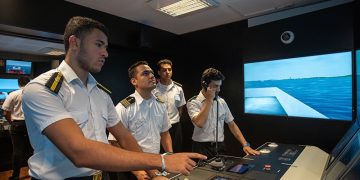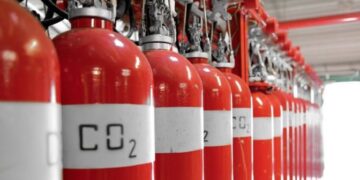Odfjell introduces new propulsion concept
Odfjell is upgrading the propulsion system for 19 vessels with new technology to optimise energy efficiency. The vessels will be equipped with new energy efficient propeller blades, rudder-bulb and will undergo technical upgrades of the main engine, turbo chargers and shaft generator. These combined upgrades will reduce fuel consumption and emissions by up to 20%.The vessels will be amongst the most energy efficient chemical tankers in the world, and will achieve the highest score on the Rightship energy rating, A+.20% – A major achievementThe initial model tests, which were carried out at Norwegian Marine Technology Research Institute (Marintek ), indicated a reduction in fuel consumption of about 15% for our series of eleven 37,000 deadweight (dwt) vessels (Kvaerner class). Sea trials before and after the upgrade show an overall efficiency gain of more than 20%. With such excellent result we will also upgrade additional eight 40,000 dwt vessels (Poland class). The concept has been developed by Odfjell, in close cooperation with MAN Diesel & Turbo, but also Grenaa Motorfabrik and ABB AS Turbocharging. The upgrade includes highly efficient Kappel propeller blades, fairing cone and rudder bulb, shaft generator gearbox and Odfjell determined settings.Dr. Kourosh Koushan, Research Manager at Marintek, acknowledges ...
Read more






